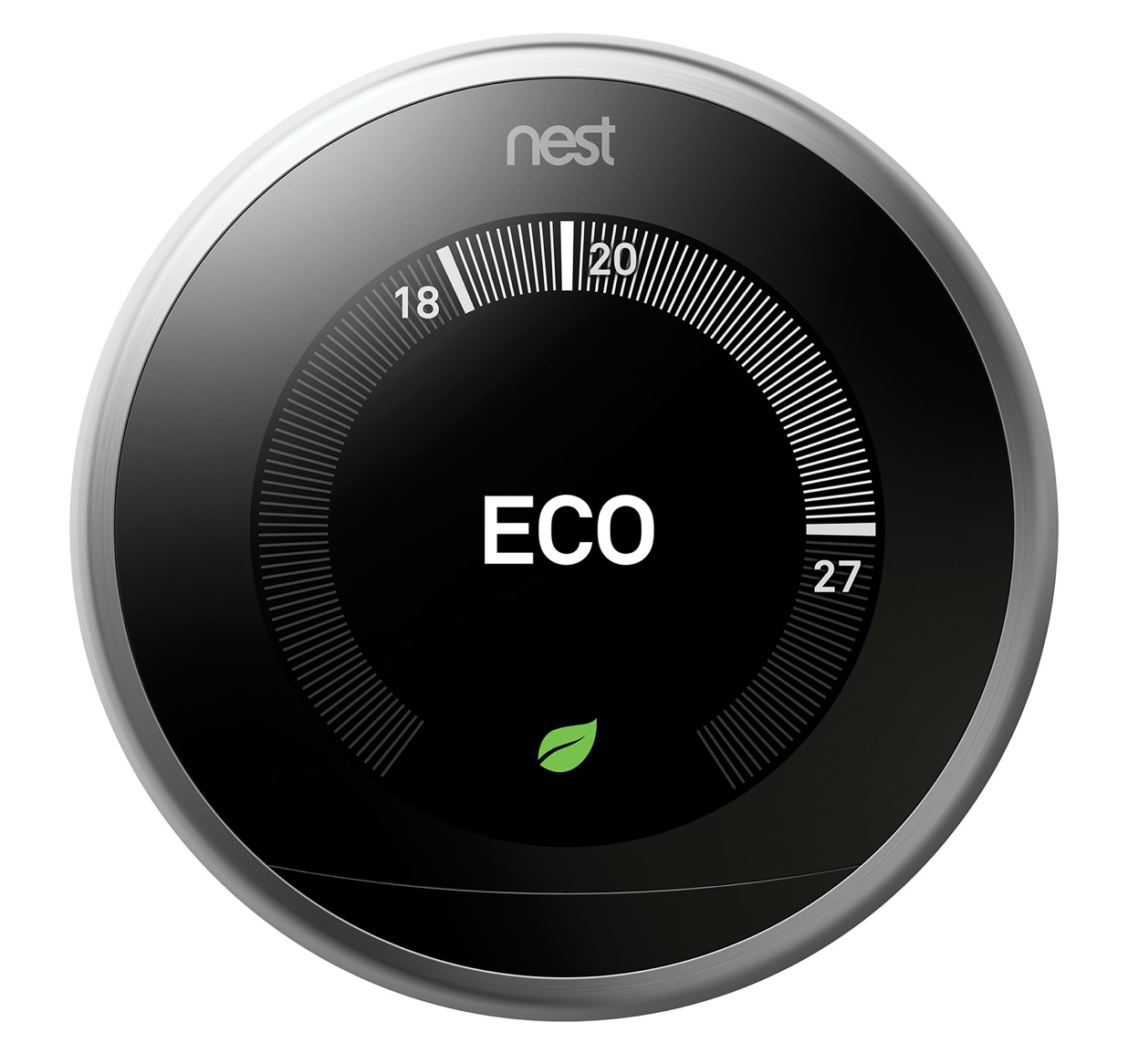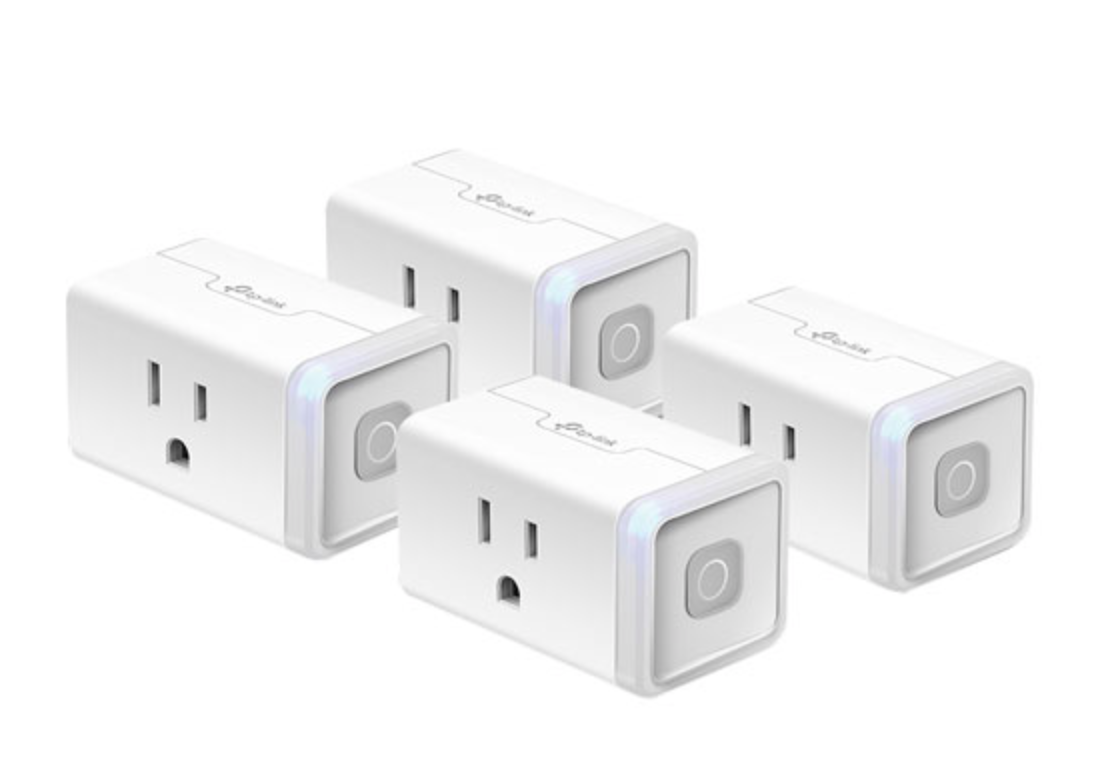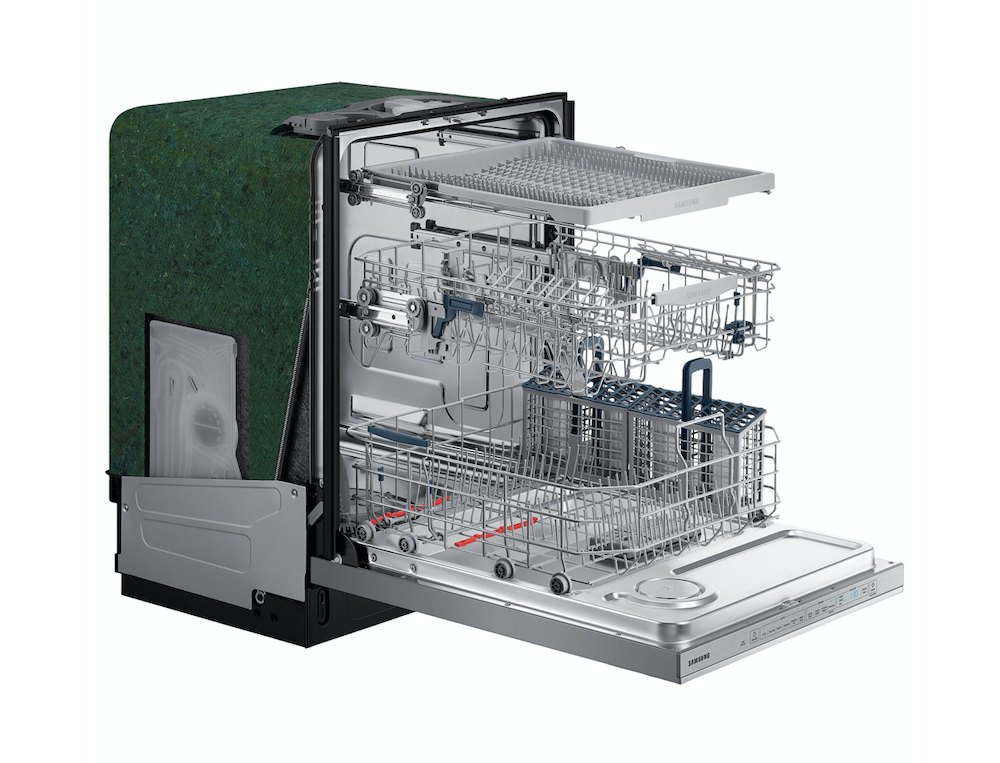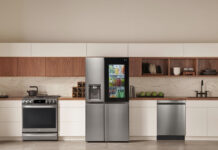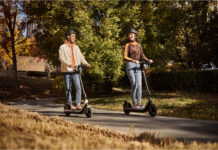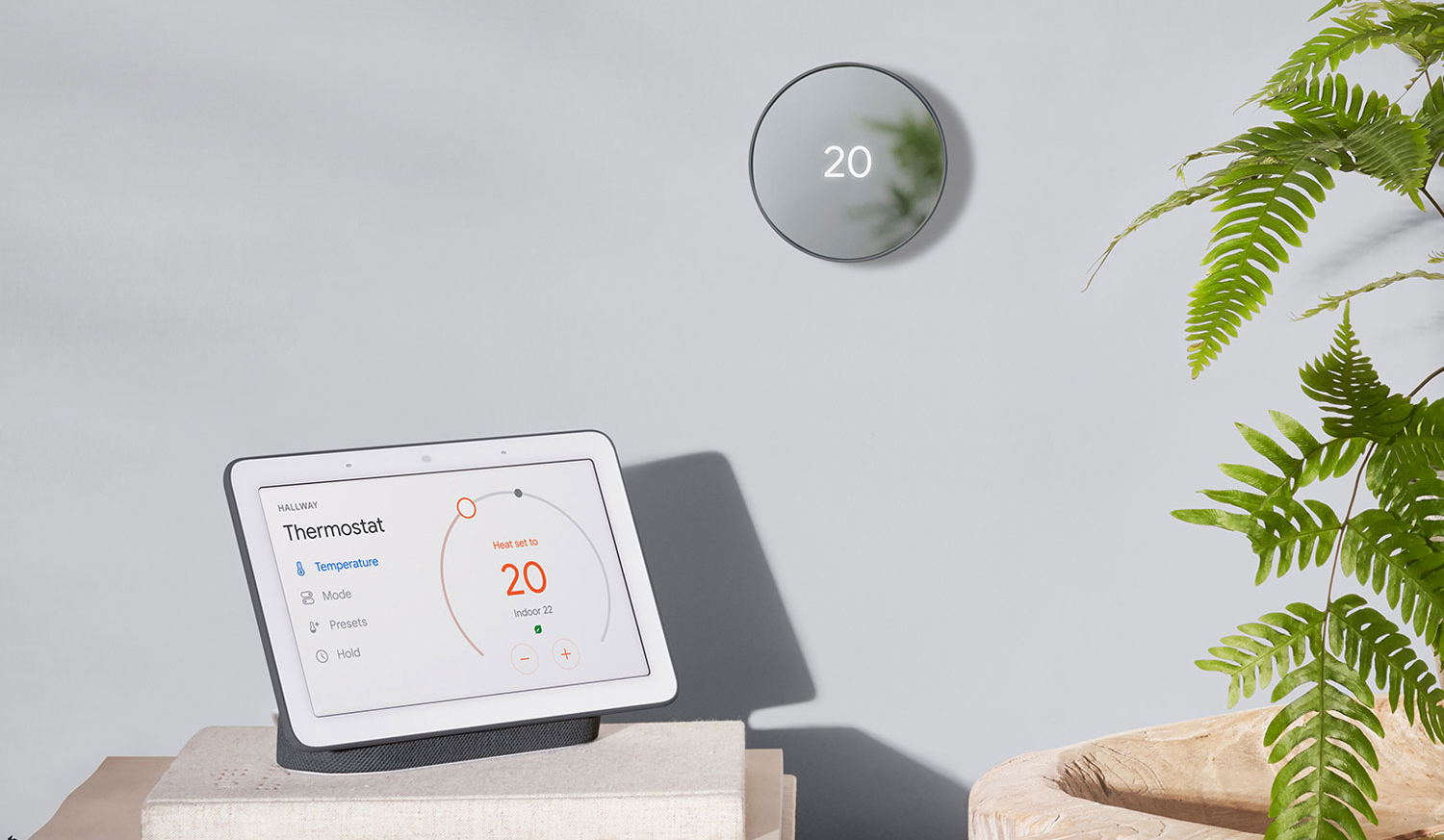 From the appliances you choose to lighting, thermostat, and even small lifestyle and habit adjustments, you’ll feel good about saving not only the environment, but also money in the process as you watch electricity bills come down. But where should you start when it comes to buying into a more energy efficient smart home? Let’s look at things step-by-step.
From the appliances you choose to lighting, thermostat, and even small lifestyle and habit adjustments, you’ll feel good about saving not only the environment, but also money in the process as you watch electricity bills come down. But where should you start when it comes to buying into a more energy efficient smart home? Let’s look at things step-by-step.
Table of contents
Smart home products
“Going green” and being energy efficient isn’t a fad. It’s a way of life and one that many people are looking to adopt so they can reduce their electricity usage, wastage, and greenhouse gas emissions and run their homes more efficiently. Ironically, while all technology requires some type of power, there are ways to make your home run more efficiently by adopting technology designed to help you accomplish just that.There are various products in the home you can replace with smart home products to make things run more efficiently and save energy.
Smart lighting
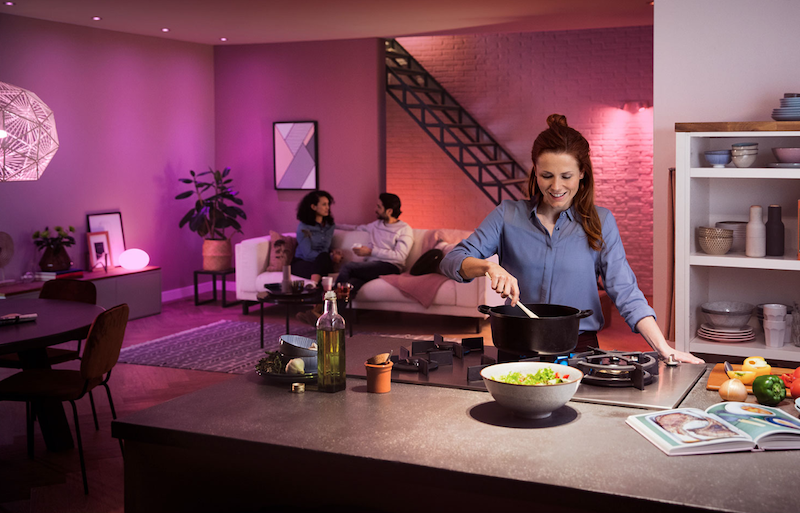
Switching old, energy-hogging bulbs to more efficient LED ones is a good first step. LED bulbs are more expensive upfront, but they also last a lot longer which means you’ll be stepping out to buy replacements less often.
Go one step further with smart lighting, including smart LED bulbs, which can be controlled through an app on your phone or by voice using a smart assistant and smart speaker, like an Amazon Echo or Google Home. Not only is this convenient since you can do things like set lights to go on and off while you’re on vacation so passers-by don’t know the home is vacant, but you can also set schedules and geofencing. Set all the lights to turn off once everyone leaves the house for the day in the morning, for example, then to turn off again at 11 p.m. So, even if you forgot to turn off the basement or outdoor light before heading to bed, they will go off automatically. With a geofencing feature, available with many products, including video doorbells that work alongside smart lights, you can set the lights to turn off as soon as your phone leaves the home.
If you don’t want to go fully smart, you could also consider motion sensing lights that turn on when someone enters a room and off when they leave, ideal for big families where people are coming and going at different times throughout the day.
Smart thermostats
Smart thermostats are great for being able to remotely control the temperature from your phone, but there’s value beyond the convenience factor. They can also work on schedules so you can turn the heat or air conditioning down when you leave the house each morning and have it kick back up an hour or so before you’re scheduled to arrive home. Over time, they learn your habits and adjust automatically to help you save money, ensuring the home is always properly climatized, and helping save energy.
With geofencing features, a smart thermostat can even detect once you have left the house (via your phone being gone as well) and turn down accordingly. For those times when you head out vacation and realize they forget to turn the AC off or down only once you have arrived at the destination or are halfway to the airport, smart thermostats mean you can tap into the companion app and adjust from virtually anywhere.
Water leak sensors
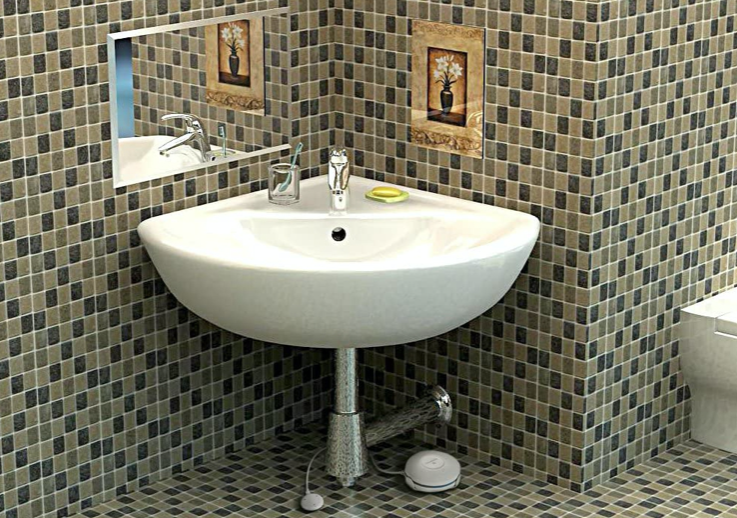
Water leaks are an inevitable part of home ownership, and they can cause costly damage, not to mention waste a lot of water. A water leak sensor can be placed anywhere there’s leak potential, like under a sink, toilet, by the washing machine, or by the sewer drain if sewer backups are an issue. The instant the sensor detects moisture, it can alert you by phone app so you can investigate. This allows you to stop a potential disaster before it happens, or at least catch it in time before the damage is worse than it has to be.
The warning can become even more critical if you’re not at home at the time. You can rush back to check, or have a neighbour, friend, or family member check in if you’re away.
Smart plugs
If you want to be able to continue to use the devices you love, like your favorite coffee machine, air purifier, and room fan, and don’t want to upgrade everything to smart products, consider smart plugs. Smart plugs are affordable and simply plug into a wall outlet, after which you can plug most basic devices into them to permit on/off control.
Once used, you can control non-smart devices from an app or voice. It’s useful to turn the coffee machine off from the car after you left in a rush and forgot to do so, or to avoid leaving the fan running all night because you’re exhausted and already in bed and don’t want to head back downstairs to push the power button.
Outdoor smart plugs can be used for seasonal lights and inflatables as well, to set them on a schedule so they aren’t running 24/7. Whether it’s a Christmas or Halloween set-up, or simply pathway, backyard, or porch lighting that’s up through the summer months, outdoor smart plugs can ensure they aren’t running longer than they should, and thus using electricity unnecessarily.
Large energy efficient appliances
Upgrading old major appliances isn’t just about refreshing the look of your kitchen. Old appliances can be serious energy hogs and finding ones that are Energy Star rated and run more efficiently can save you money in the long run, not to mention help the environment.
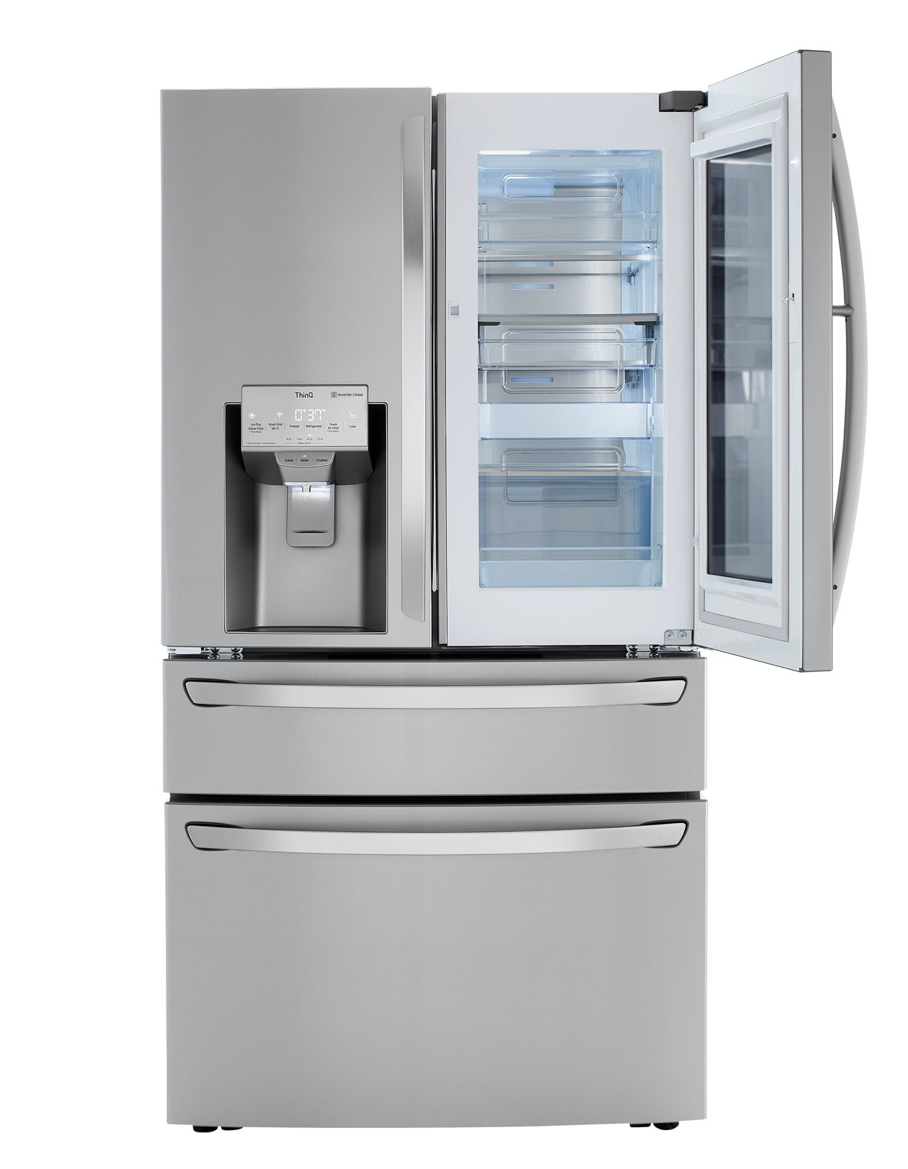 Refrigerators
Refrigerators
The latest energy efficient appliances like refrigerators feature technology that is designed to further provide efficiencies. For example, dual-controlled crispers in a refrigerator or rapid re-cooling when the fridge door has been left open too long for loading can help keep food fresher longer. Door-in-door fridges mean you aren’t making the fridge do double duty to continuously cool to the proper temperature. Place the most frequently used items in the secondary doors so every time a teenager wants a soda or snack, they aren’t letting cold air out of the main compartment.
French door refrigerators with a fifth middle drawer can also help conserve energy, since you can put items that are frequently accessed, like cheese and deli meats, in the middle drawer to avoid opening and closing the main doors every time someone gets a hankering for a sandwich.
Washers and dryers
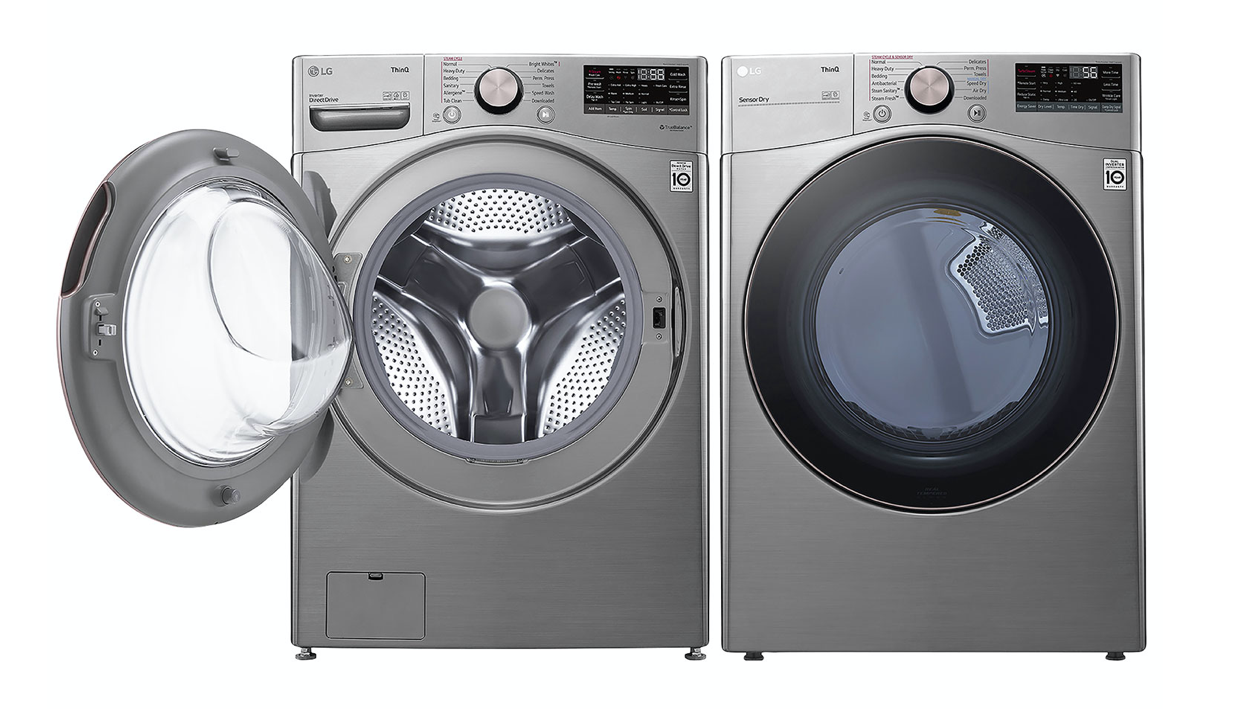
The same translates to the laundry room as well, with Wi-Fi-enabled and app-controlled washers and dryers that can let you know when a load is done, or intelligently turn off once the clothes are sufficiently dry so you don’t use more electricity than is needed.
Smart washers, meanwhile, use less water, have eco-friendly settings, and can even sufficiently clean clothing use cold water so you aren’t unnecessarily using heat. They can sense the clothing inside and adjust the cycle as needed to not only run more efficiently, but also to ensure you get the proper clean, and get laundry done more quickly.
Like with a dishwasher, eco mode on a washing machine simply uses a lower wash and rinse temperature so energy is being used to heat the water. For most loads, a cold wash might do just fine. If you separate loads by what clothing needs a deep, penetrating heat wash (e.g. bedding, gym clothes) versus what can be washed with cold water (everyday clothing and intimates), you can save energy.
When it comes to the dryer, energy savings mode will run it on a lower heat level, which might be sufficient for most clothes. Consider using this mode to get clothing less damp then hang them to dry outside. Note, also, that more efficient washing machines spin clothes such that they come up almost dry, which will, in turn, reduce the drying time after a wash, or eliminate the need to use the dryer at all if you have a clothing line in the backyard.
Small energy efficient appliances
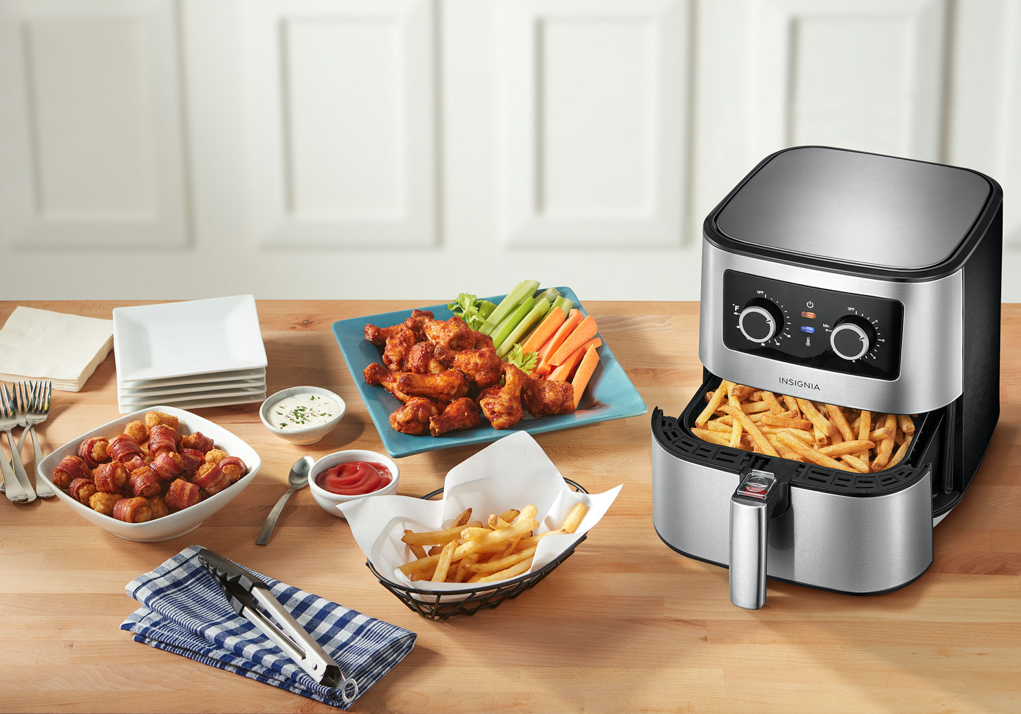
Small appliances like air fryers and multicookers can be used for making dinner or reheating food more efficiently than with the oven. You don’t need to worry about preheat time, which cuts cooking down considerably (also providing the benefit of saving time). And they draw much less electricity.
Open and closing the oven door and heating it up can also provide extra heat in the house, which might cause you to unnecessarily crank up the air conditioning in the summer because of the excess heat.
Multifunction cookers can cook foods quicker and more efficiently, which saves you time as well to run the household more efficiently. Using an air fryer for meals a few nights a week in place of the stove and oven can result in plenty of energy saved over time.
Dishwashers
Dishwashers, meanwhile, that use less water, have eco-friendly cycles, and can fit more items per load, can be huge energy savers as well.
The eco mode found in many dishwashers simply uses lower wash and rinse temperatures, so you are using less energy to heat. Making small changes like only using this cycle when you’re washing a load of drinking glasses on the top rack that aren’t heavily soiled, can help you save money and energy.
The design of the latest dishwashers can also help conserve energy by being able to fit more per load. Things like a third rack at the top for accommodating cutlery, or adjustable shelves for fitting larger pots and pans you might otherwise have to hand wash while the load is running, can make a big difference.
Reducing power waste
Many homeowners don’t understand what phantom power is and just how many devices draw energy from the home unnecessarily. The term phantom power in the context of the home references standby power, and the energy that electronic devices use when they remain plugged into a power source but aren’t being used.
Look around your home and chances are you’ll find tons of sources of phantom power, from the cell phone charging cable left plugged into the wall outlet even when you aren’t using it to the unused power bar that’s turned on 24/7. While large appliances and main electronics like a refrigerator, TV, AV receiver, range, and others can’t be unplugged when they aren’t being used, it’s simple to unplug charging cables and other devices and simply plug them back in when needed.
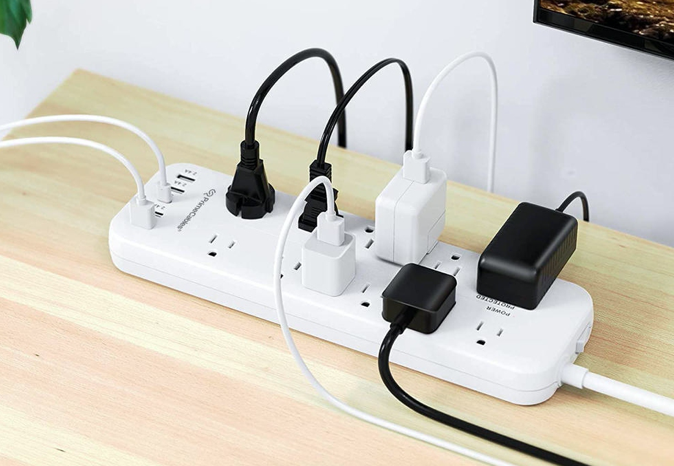
Power bars/surge protector can help by placing them around the home to plug (unplug) multiple devices without having to reach behind the couch or under furniture. Look for ones that have on/off switches so you can keep charging cables that are used daily plugged into them but turn off the power bar when nothing is being actively charged or powered by it.
A handy electricity usage monitor device can be plugged into different appliances and products to see how much power they actually use if you want to get an idea of how much electricity is being wastefully used in the home. You can also check with your local hydro company to see if they can provide details from your smart meter. If you see how much power is being drawn from the home overnight when everyone is sleeping and when nothing is actively being used (save for something like a fan or air purifier), you can get an idea of how much phantom power is in your home.
Note that some electronics have “rest” or “energy saving” modes that run using less power when they aren’t being used, which can also help. You might need to turn this mode on, however, so take a look to make sure you’re making use of the options available to you. You’ll find such modes in products like gaming systems, such as the PlayStation 4 and Xbox One.
Take a look around your home at the major appliances you own and check for the Energy Star sticker. If you have relatively new appliances, you might be set. But there could be that old refrigerator or deep freezer in the basement you never got rid of that has been hogging tons of electricity simply to cool a few drinks and house the odd overflow items. If it’s being used for tons of food and drinks, it might be worth upgrading to a more energy efficient model.
Or maybe you have been sticking it out with your old washer and dryer, even though the clothing always comes out really wet and the dryer takes two high heat cycles to get things ready to wear. If so, the cost to upgrade could very well offset the cost to replace clothing that isn’t properly being cared for and the extra cost each month to dry them properly.
Even if it isn’t about upgrading major appliances, consider opting for small appliances that can help save energy, like a multicooker or air fryer.
Take the next step

Consider looking into energy efficient smart home products like lights, thermostats, and power plugs as well so you can control everything remotely from your phone and set schedules to minimize unnecessary energy and electricity usage.
Don’t forget about the all-important phantom power and consider using smart power bars or outlets throughout the house to plug multiple devices into them, then switch them off until needed. It might only seem like one device here and there, but it adds up. And small changes can make a big difference.

